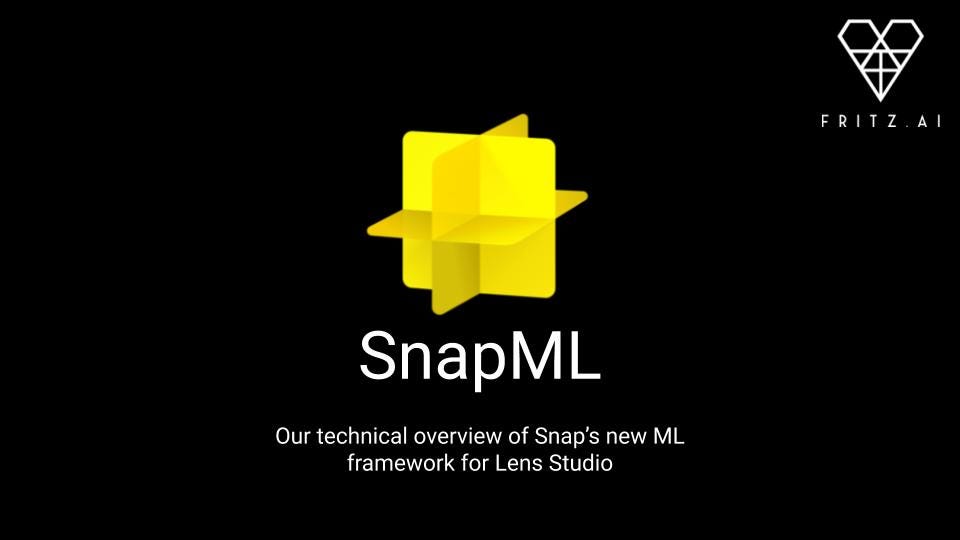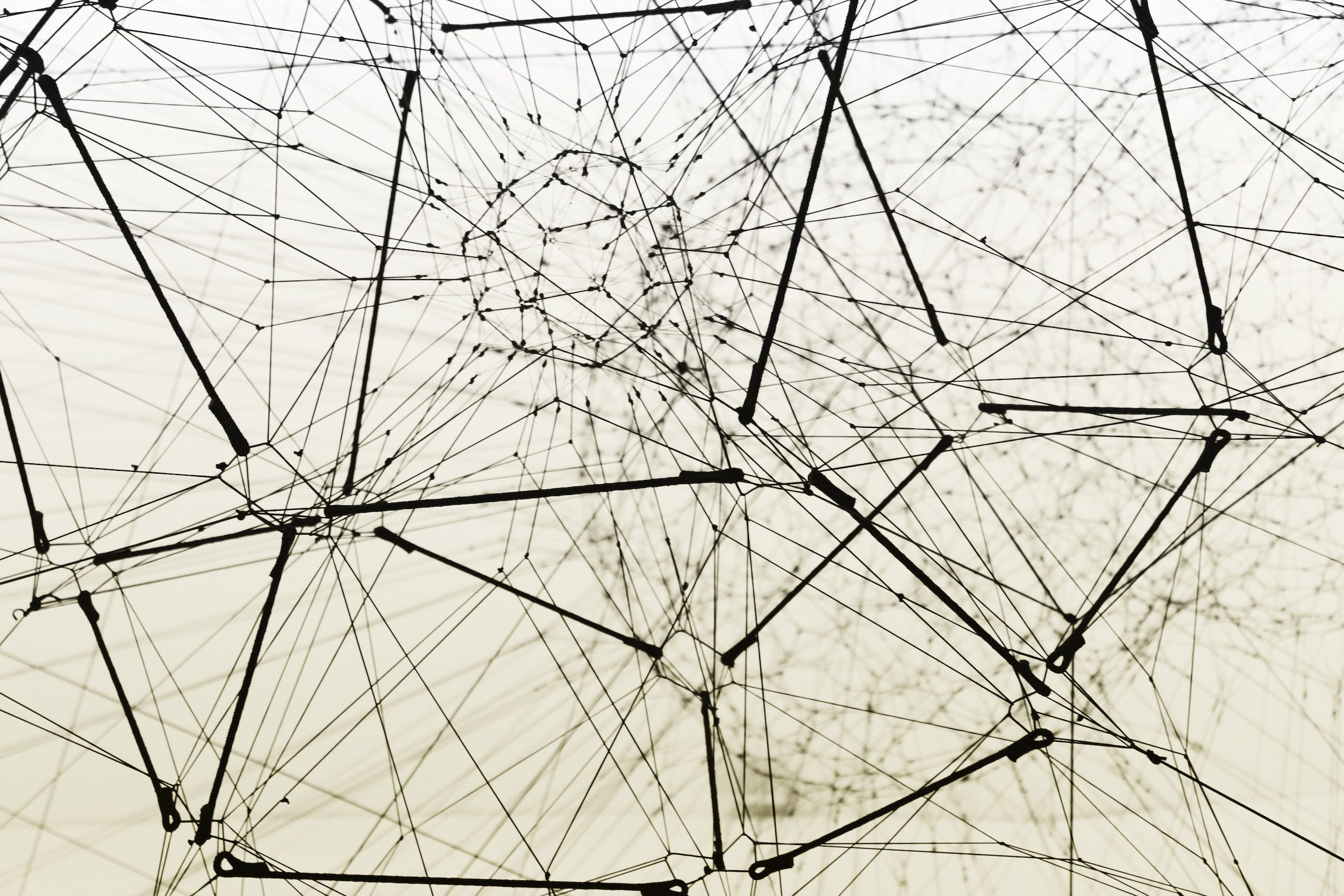For years now, Snapchat has been at the forefront of mobile machine learning — their popular Lenses, which often combine on-device ML models with augmented reality, have become shining examples of the power and flexibility of on-device machine learning.
Given our respect and admiration for Snap’s work in this area, our team was thrilled to hear about the recent release of SnapML, Snap’s new ML framework inside their development platform Lens Studio (released with 3.0).








